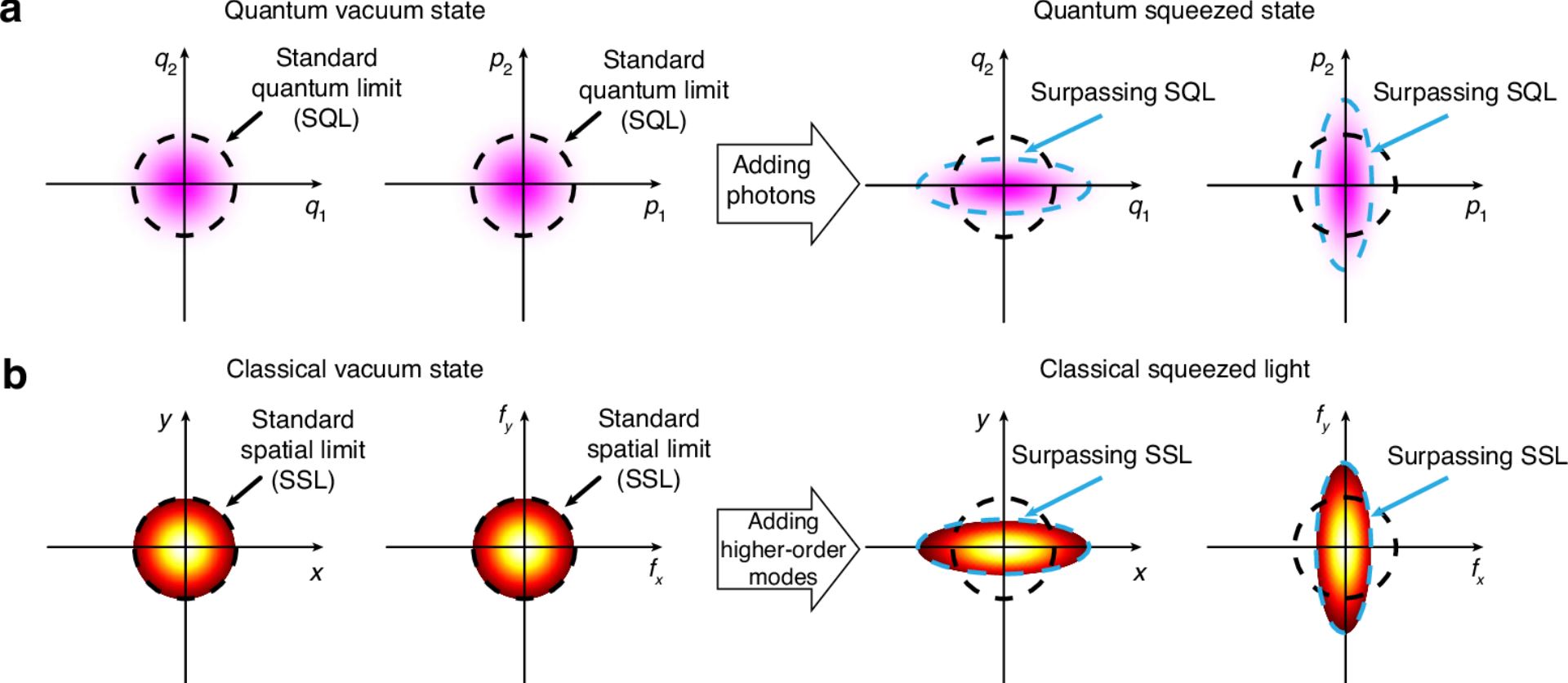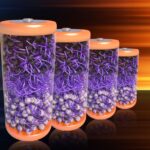 Quantum technology is on the brink of a revolution, and it’s all thanks to some pretty amazing developments in photonic quantum computers and optical quantum sensors. If you’ve been keeping an eye on this field, you know that we’re talking about a whole new kind of light. Professor Dr. Roman Schnabel and his team at the University of Hamburg, with their roots at Leibniz University Hannover, have been at the forefront of this shift. They’ve spent years perfecting a special laser system and measurement device that’s crucial for what many are calling the second quantum revolution.
Quantum technology is on the brink of a revolution, and it’s all thanks to some pretty amazing developments in photonic quantum computers and optical quantum sensors. If you’ve been keeping an eye on this field, you know that we’re talking about a whole new kind of light. Professor Dr. Roman Schnabel and his team at the University of Hamburg, with their roots at Leibniz University Hannover, have been at the forefront of this shift. They’ve spent years perfecting a special laser system and measurement device that’s crucial for what many are calling the second quantum revolution.
Since 2010, their ‘squeeze laser’ has been a game-changer at the GEO600 gravitational wave detector. Fast forward to 2019, and it’s been boosting the sensitivity of LIGO and Virgo. Now, this cutting-edge technology is available commercially, which is pretty exciting news for those of us interested in the future of laser measurement and quantum computing.
So, what’s the big deal with this new light? Well, traditional laser light, which we’ve been using since the first quantum revolution, just doesn’t cut it anymore. It lacks quantum correlations, which are essential for the advanced quantum sensors and computers we’re developing now. With these correlations, once you detect a photon, you can predict the sequence of photons that follow. It’s a whole new ballgame.
To capture these quantum correlations, your measurement devices need to be top-notch, turning each photon into a precise electrical signal. Miss a photon or get a wrong signal, and those correlations start to fall apart. Devices like balanced homodyne detectors and single photon detectors are optimized for these complex quantum correlations.
Creating squeezed laser light, which is crucial for a range of optical quantum technologies, starts with a ‘squeezed vacuum state’ laser beam. This involves a laser system with a crystal between mirrors, powered by a pure pump laser beam. The crystal’s unique properties allow for quantum correlations, converting photons of a specific wavelength into pairs with a different wavelength.
The potential here is enormous. Squeezed light can push the sensitivity of laser sensors beyond what conventional laser light can achieve. This is especially important in settings like gravitational wave observatories, where you can’t just crank up the light intensity. In fields like life sciences and medicine, squeezed light keeps things safe by reducing laser power. And in quantum cryptography, it enhances security in large optical networks.
Noisy Labs GmbH, a spin-off from the University of Hamburg, is leading the way by offering the first commercial laser systems that produce squeezed vacuum state beams. Their systems, available at wavelengths of 1064 nm and 1550 nm, come with balanced homodyne detectors boasting quantum efficiencies over 95%, and potentially even over 99%.








